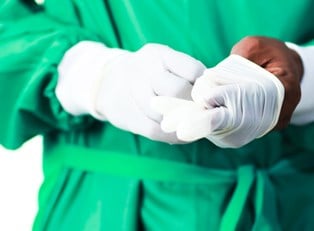- Abdominoplasty
Abdominoplasty is simply the medical term for a tummy tuck. The two terms are interchangeable, and you’ll find that lots of surgeons refer to the procedure by both. There are actually two forms of abdominoplasty—complete and partial. During a complete procedure and incision is made from hip to hip, and the patient’s skin is detached from the abdominal muscles so that they can be tightened as well. In a partial procedure a smaller incision is made, and the skin and muscles are not completely separated.
- Abdominal Apron/Panniculus
The abdominal apron, also known as the panniculus, refers to a layer of fatty tissue that hangs from the abdomen. After extreme weight loss, the abdominal apron can leave lots of extra skin that won’t re-tighten on its own, and this is a common reason for people to undergo a tummy tuck. If left untreated, the loose skin from the abdominal apron can cause severe chafing and pain.
- Asymmetry
Asymmetry refers to a condition in which one side of the abdomen is not identical to the other. While some degree of asymmetry is a natural occurrence, plastic surgeons take care to minimize it during a tummy tuck.
- Fascia
Fascia is a membrane that acts as a protector for the body’s major muscle groups and organs and helps to keep them all in place. The fascia is tightened with sutures during a tummy tuck along with the abdominal muscles.
- Liposuction
Liposuction is a procedure that is often done in conjunction with a tummy tuck. However, the two surgeries are distinctly different from one another. While a tummy tuck deals primarily the removal and tightening of skin, liposuction deals with the removal of excess abdominal fat. In the context of a tummy tuck, liposuction typically serves to sculpt a patient’s abdomen after the extra skin has been removed.



